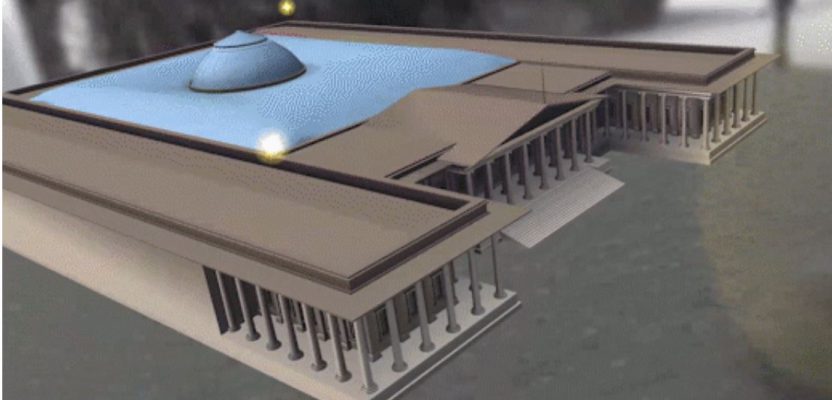Let’s pick up the AR thread again and look at what the Android platform has to offer in augmented reality (AR).
It was just a matter of days after Apple rolled out its ARKit SDK (software development kit) when Google followed suit with its ARCore SDK. ARCore is built on Tango technology but expands the reach of the tech across a wider range of Android phones.
The first ARCore-compatible phone are the Pixel and Samsung’s S8, running 7.0 Nougat. However, Google is working with other companies, such as Huawei, LG, and ASUS. Ultimately, this should bring the preview version of ARCore to approximately 100 million devices.
As with all AR, gaming and fun novelty apps dominate. However, there are some practical avenues being developed with Google’s ARCore.
AR and Google Street View. One prototype that Google has developed uses AR as a “magic window” into Street View. This example allows users to zoom into The British Museum and see Street View panoramas from the front of Great Russell Street.
Skills training. This is a VR (virtual reality) app that’s been ported into AR. In the Expresso Trainer example, you can use your phone to learn each step of making a perfect espresso. Obviously, this has great potential for AR-assisted training of all kinds.
Construction overlays. Wouldn’t it be cool to look at a building under construction and see what it will look like upon completion? This is another application of AR that Google’s working on.
Share your position with VPS. VPS (Visual Positioning Service) enables users to share their position with a friend, and they’ll be guided right to you with VPS. VPS has great potential for indoor navigation and is live right now with partner museums and select Lowes stores. Another useful application is navigation for visually impaired persons.
As you can see from these examples, the current state of Google ARCore seems to exist largely at the level of “technology demonstrator prototype.” Google is playing catch-up. Apple has an advantage over Google in AR: it controls all the components in the smartphone that make AR work (camera, processors, motion sensors, etc.). On the other hand, Google controls only the software operating system (Android) used in phones made by third parties like Samsung, LG, and Asus. This may be changing somewhat as Google seems to be on the cusp of buying smartphone maker HTC. Given the size of the Android market, I suspect that fully baked AR apps based on ARCore will be arriving very soon.
The takeaway. If you want your smartphone-based AR and you want it right now, buy an iPhone, and the newer the better to take advantage of the most advanced features of the technology. This also holds true if you have an older iPhone; you may want to upgrade. If you can wait a little, get a Pixel or Samsung S8 and wait for Google AR technology to catch up.
 This article appeared in xyHt‘s e-newsletter, Pangaea. We email it twice a month, and it covers a variety of unusual geospatial topics in a conversational tone. You’re welcome to subscribe to the e-newsletter here. (You’ll also receive the once-monthly Field Notes newsletter with your subscription.)
This article appeared in xyHt‘s e-newsletter, Pangaea. We email it twice a month, and it covers a variety of unusual geospatial topics in a conversational tone. You’re welcome to subscribe to the e-newsletter here. (You’ll also receive the once-monthly Field Notes newsletter with your subscription.)

